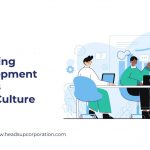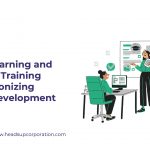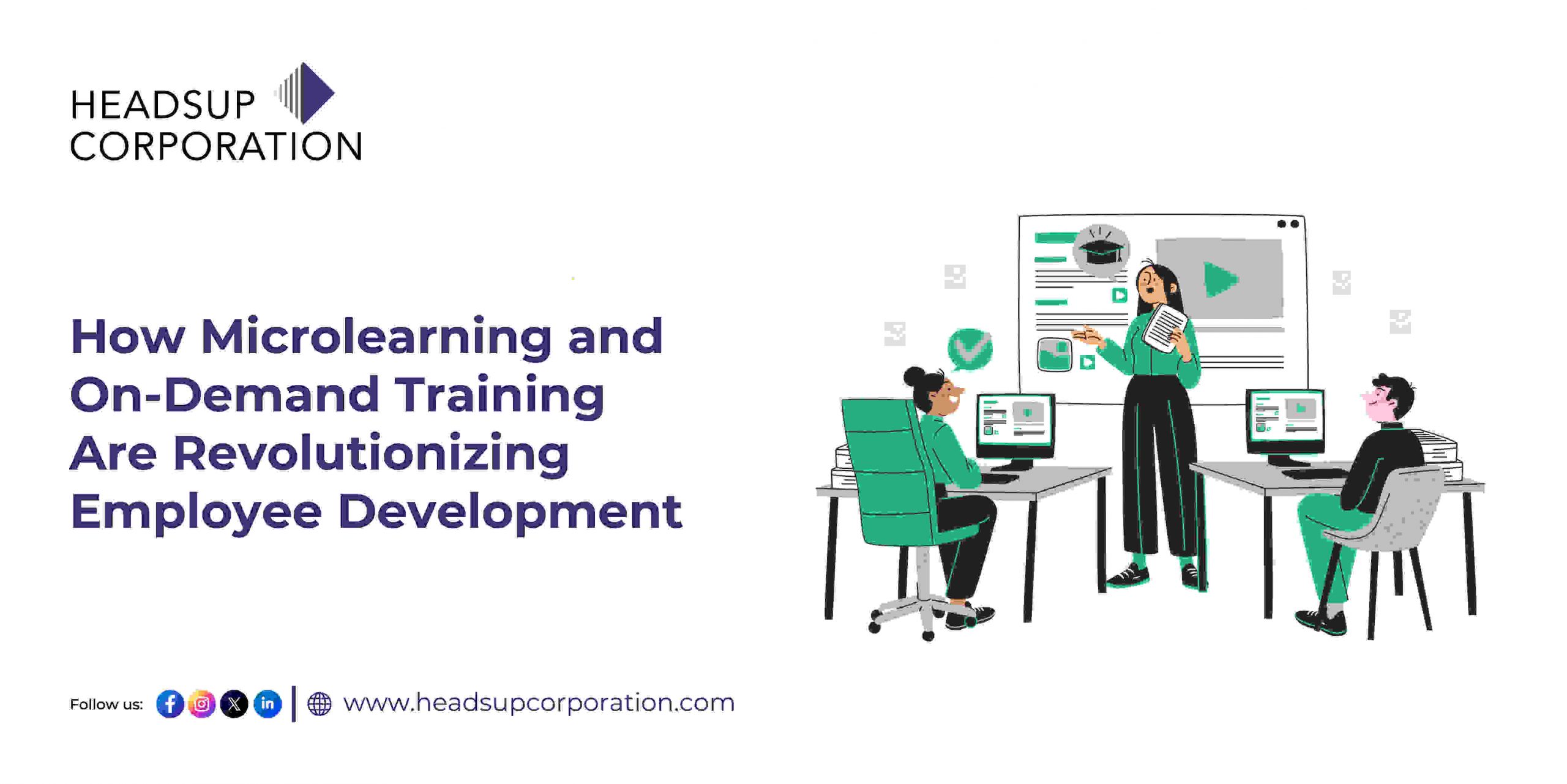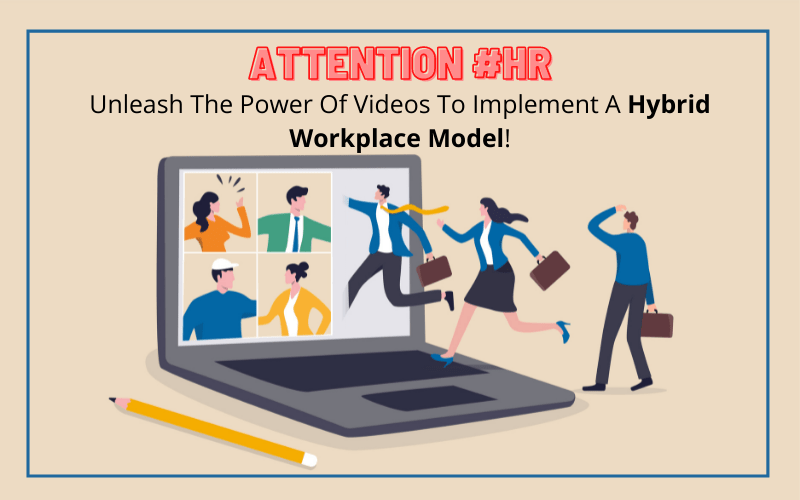
How to Build a Learning Culture That Attracts and Keeps Top Talent
In 2025, one thing is clear: employees no longer stay for pay; they stay for growth. As automation, AI, and hybrid work reshape the talent landscape, learning has become the new currency of engagement. According to LinkedIn’s 2025 Workplace Learning Report, 76% of employees say they’d stay longer at a company that invests in their development.
That means the true competition in today’s talent market isn’t over salaries or titles, it’s over who can create a learning culture that actually sticks. A learning culture isn’t a training calendar. It’s a mindset, one that treats curiosity and experimentation as part of everyday work.
Organisations with strong learning cultures see:
- 30–50% higher retention rates (LinkedIn Learning, 2024)
- 37% greater productivity, and
- 21% higher profitability (Deloitte Human Capital Trends Report).
However, here’s the catch: most companies discuss upskilling; very few operationalize it. A true learning culture means learning isn’t an event; it’s a habit. The biggest reason employees resist formal training? Time. The modern worker spends less than 1% of their workweek on learning. To fix that, leading organisations are integrating learning into work instead of separating the two.
- Micro-learning modules embedded in workflows (Slack, Notion, Teams).
- Peer-to-peer learning circles that replace rigid classroom formats.
- AI-curated content that adapts to each employee’s goals.
For example, Unilever’s “My Learning Hub” lets employees access short, personalized learning paths daily, boosting participation by over 60%. Learning shouldn’t interrupt work; it should flow through it. The next-gen workforce, Millennials and Gen Z, sees learning not as a benefit, but as a baseline expectation. According to a 2024 Gallup survey, 71% of Gen Z employees say career growth opportunities directly impact their engagement, and two-thirds prefer companies that provide continuous development over those that offer higher pay.
They look for:
- Purpose-driven learning, skills that align with both career goals and personal values.
- Digital learning ecosystems that are as intuitive as their favorite apps.
- Visible learning pathways, they want to see how growth translates into real opportunity.
In short, they don’t want to be managed; they want to be mentored.
How Organisations Can Catch Up
To keep up with this shift, organizations need to:
- Redefine learning as a strategy, not support. Treat L&D as a growth lever tied to business outcomes.
- Empower managers as learning advocates. Teams learn best when leaders model curiosity and vulnerability.
- Measure learning impact beyond completion rates. Track how learning influences innovation, retention, and engagement.
- Make it human again. Pair data-driven personalisation with emotional intelligence, recognising that learning is both cognitive and cultural.
When learning becomes part of how people feel about work, not just what they do at work, that’s when you’ve built culture. In a world where skills expire faster than job titles, learning is the only sustainable edge. Companies that embed curiosity, experimentation, and mentorship into their DNA don’t just retain talent; they attract it. Because this generation isn’t chasing the next paycheck, they’re chasing the next version of themselves.
At Headsup, we believe learning culture isn’t built through one workshop; it’s built through systems and behavioural design. Our frameworks help organisations:
- Identify real skill gaps
- Build personalised learning journeys
- Establish manager-led learning rhythms
- Connect development to engagement and retention






